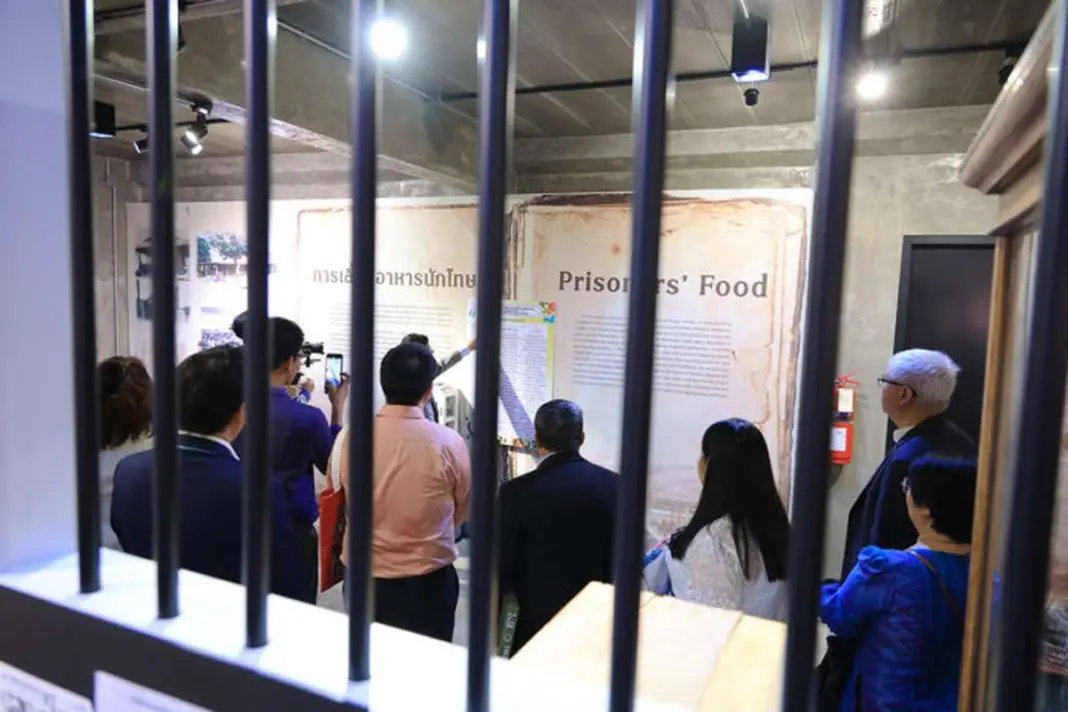Thai Prisons Celebrate 110 Years of Change
Thailand’s Department of Corrections marks a milestone—110 years since its founding. The journey is nothing short of extraordinary.
Once, punishment meant pain and death. Now, the focus is on turning inmates into valuable members of society before they return to the outside world.
From Death Row to Reading Rooms: A Nation Transformed
This anniversary highlights Siam’s leap from tradition to modernity. At a special forum, officials and experts gathered under the banner: “110 Years Department of Corrections: From Tradition to Civilization.”
The event explored how prisons have shaped Thailand’s social order. Two new books, “Correcting the History of Corrections” and “The Department of Corrections Under Royal Patronage,” were unveiled. Both chart the prison system’s evolution—politically, economically, and socially—at home and abroad. The monarchy’s guiding hand features throughout.
Experts Reveal: Punishment Mirrors Power
Speakers included Sahakarn Petchnarint, the department’s director-general, Professor Thongthong Chandransu, and Dr. Saranyoo Thepsongkroh, author of “The Carceral State: Punitive Power in the Modern Era.”
Dr. Saranyoo pulls no punches. “How rulers punish reflects how they see their people,” he says. In the past, punishment was tied to religious and moral codes—a king’s justice, but often delivered by local lords. The result? Chaos and cruelty.
Everything changed under King Rama V. Western legal ideas swept in. Torture gave way to prison sentences. Standards emerged. King Rama VI then centralized the system, creating the Department of Corrections.
From Swords to Syringes: The Dark Past Exposed
Director-General Sahakarn explains why the books matter. A visit to the prison museum opened his eyes. “I realized the public must see this history,” he says.
The books reveal chilling details: the “Phra Yom on a Lion” emblem, symbolizing the department’s mission; the “Angel with a Staff” badge for directors; and graphic accounts of executions—from the last beheading by sword (Boonteng “Iron Casket”), to the first firing squad (Sergeant Sawat Mahamad), to poison and modern methods.
Today, human rights demand rehabilitation over brutality. One volume spotlights the monarchy’s lasting support. “Prisons aren’t strangers to society. We must accept and value them,” Sahakarn urges.
Princess Champions Prison Libraries: “Inmates Have Time to Learn”
Professor Thongthong highlights the monarchy’s role. Royal pardons, he says, are vital—they offer hope and ease despair. They also help reduce overcrowding and keep the system moving.
He shares stories of Princess Maha Chakri Sirindhorn’s compassion. She backs “Phrom Phanya” prison libraries and often asks if inmates have enough books. “They have time—let them study,” she insists. Her “Corrections Sharing Happiness” project shows the monarchy’s care, especially for women behind bars.
Dr. Saranyoo notes that early prisons focused on confinement, not reform. After the 1932 revolution, rehabilitation became key. The books document this shift, with rare photos and records—even royal pardons for foreign inmates.
Professor Thongthong adds, “Pardons for foreigners help Thailand’s global ties. They open doors for cooperation.”
What Do You Think?
Has Thailand’s prison system truly moved from cruelty to compassion? Do education and reform work—or should tough measures remain? Share your thoughts below.




